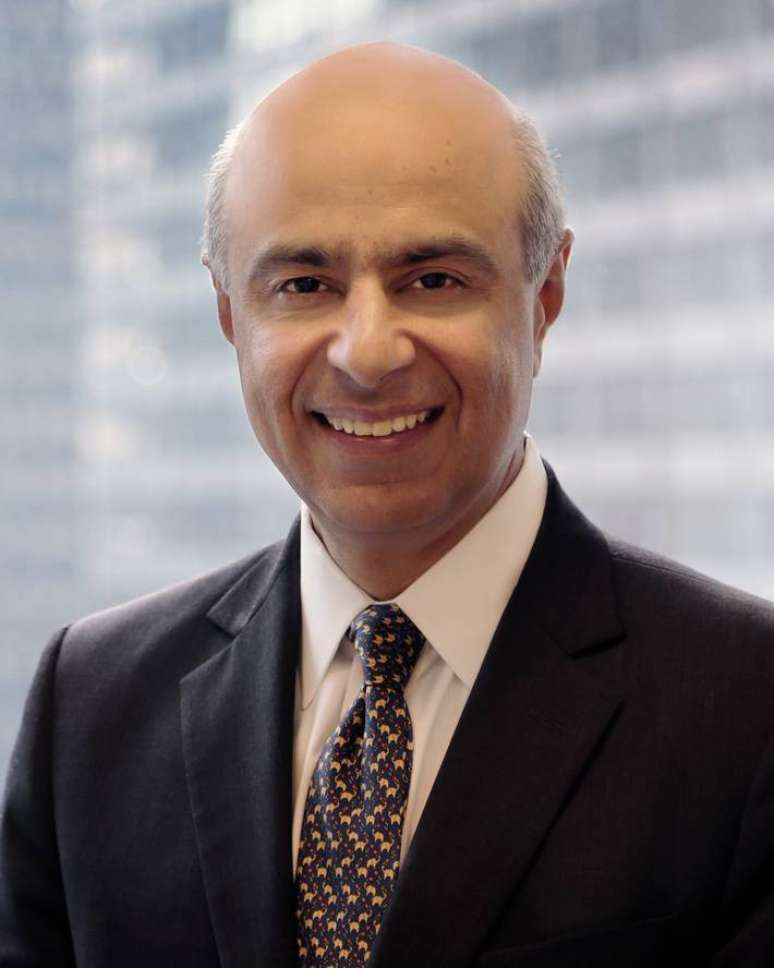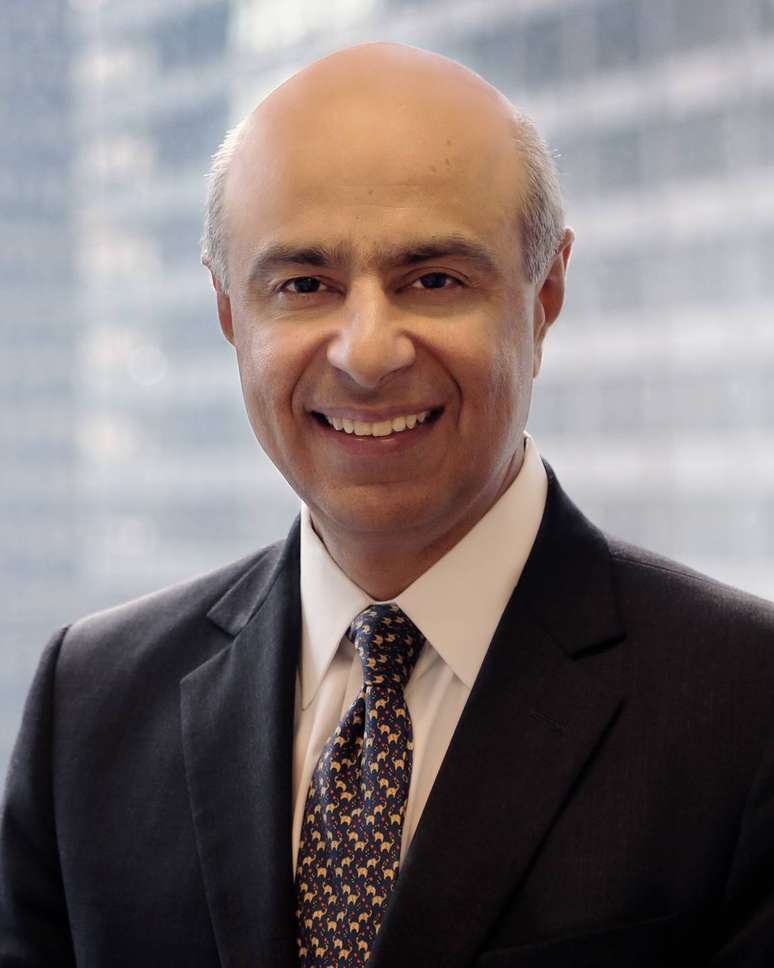The consultants surveyed 67 top performers in the position; the professionals were selected from 2,400 people who commanded the 1,000 largest publicly traded companies in the world
From a list of 2,400 executive names who have led the world’s 1,000 largest publicly traded companies over the past 15 years, consulting partners McKinsey Vikram Malhotra, Scott Keller and Carolyn Dewar joined the 67 CEOs who performed above average, including the Brazilian Roberto Setubalpresident of Itau Unibanco until 2017.
These professionals were interviewed, and based on these conversations, the consultants listed the six attitudes that have made these executives the best today. Leading the business, aligning the organization, mobilizing through leaders, managing their own effectiveness, connecting with “stakeholders” and engaging the board of directors are the responsibilities that the best CEOs have assumed during their tenure.
“Great CEOs adopt the six (responsibility), and they do it very well and always. You don’t find a great CEO who is bold when it comes to setting the direction of the company, but when he has to align the organization around that direction, he doesn’t do it well,” says Malhotra.
The consultant and his McKsiney colleagues unveil these responsibilities in the best-selling book “CEO Excellence – The Six Mindsets That Distinguish the Best Leaders from the Rest”. New York Times not yet released in Brazil.
In an interview with Stage, Malhotra says that in an uncertain and fast-changing world, the job of the CEO is becoming increasingly difficult. To address this, executives need to focus on “doing what only they can do.” He stresses that you have to be daring, otherwise “the world will run over you,” and says Microsoft CEO Satya Nadella was one of those who impressed him the most. “He changed the culture of the company to a growth-focused vision and truly lived the mission of doing what only he could do.”
Read excerpts from the interview below.
Describe six attitudes that distinguish the best leaders. What is the hardest to adopt?
Great CEOs embrace the six, and they do it well and always. You don’t find a great CEO who, for example, is bold when it comes to setting the direction of the company, but when he needs to align the organization around that direction, he doesn’t do it well. That said, I see three as the hardest. The first is to steer the company to a bold position, which is even more difficult when you inherit a company that is doing well. But great CEOs say you have to be bold, especially in such a dynamic and challenging world. Otherwise, the world runs over you. The second is in relation to talent: promoting the best within the company, recruiting the best from outside and getting the most out of everyone are big challenges. The last is managing your effectiveness and having the mindset of doing what only you can do. Most CEOs, when they take office, already have operational experience and are used to digging into details. But when you become CEO, you have so many important issues to resolve that if you don’t adopt that mindset of doing what only you can do, it’s easy to get drawn into a situation where you run the business on a day-to-day basis. It’s not the CEO’s job. That’s why he recruits talent.
The book points out that it is essential for the CEO to be bold and take risks. How far should you risk?
Great CEOs take it upon themselves to be bold, but they also evaluate risk exceptionally well. For example, when Satya Nadella became CEO of Microsoft, the company’s stock price hadn’t changed in eight years. Since he took over, the role has been enjoyed more than six times. He had a very bold vision of what he was going to do. Although he already had this vision months after taking office, Nadella spent two years working out the details of the change and discussing it with the team before starting to implement it. He had this bold vision, but he went through the risk management process. In Brazil, what Roberto Setubal did in Itaú, transforming a small bank into a regional powerhouse, required a bold vision. But if you look at the steps that he’s taken, there’s also been major risk assessments as you buy and merge companies, as you make organic moves that build new businesses, as you expand the company into other countries.
The book cites research that indicates that the top 10 percent of jobs that create the most value for companies don’t exist. What must managers do to identify these roles?
Most CEOs recognize that they need great professionals and that this is at the heart of most companies. Despite this, they are not very good at identifying which 100 positions, in a company that may have 40,000 employees, generate immense value for the company. Also because many of these positions do not report directly to the CEO. When you drill down into these features, 10% of them typically don’t exist, even though they would add cutting-edge vision. Take Adidas as an example. The company must have outstanding products and deliver a great customer experience. It may have great products and sales people, but does it have a customer experience director? This is the kind of work that companies don’t think about, but which, if it existed, would add enormous value to them.
More than half of senior executives say the top level of their companies are underperforming. Why is this happening and what do CEOs need to do to change this scenario?
I asked CEOs what their biggest regret was, and 90% said they wished they had acted on their talents sooner. For some, it was that they inherited a team with some great pros and some mediocre ones, but the people at the company wanted to keep the mediocre ones, so they did. For others, it was that they’d inherited a team that had grown within the company, but needed more outside perspectives; then they regretted not hiring others outside the company. So when you talk to the typical CEO, they’re having a really hard time turning their senior leadership into a high performing team. The message from the CEOs is that you need to switch teams. You might not do it today, but you will have to do it at some point because it will benefit the company. Another message is that team building is not about having a stellar team, it’s a stellar team. Pelé was a star, but the Brazilian team of the 60s and 70s was a star team.
You say it’s very difficult for a CEO to know when to stop. How can you be sure it’s time to step down and what you need to do first?
Even the best CEOs have this difficulty. We all fall in love with success. The greater the success, the harder it is to leave. Top CEOs said they knew it was time to step down when, having done what they wanted to do with the company, they didn’t have the energy to take it to the next level. As a general rule, somewhere between six and ten years is the ideal time for a successful CEO. As far as how to prepare the company, great CEOs always have a contingency plan in case something happens to them. They also usually make the decision two years in advance. The board may want to pick the successor externally, but CEOs will always pick two or three existing people as potential successors. They will expose these people to the board and give them additional responsibilities that will allow them to shine in areas outside their remit.
The role of CEOs is becoming broader, and some experts suggest that the CEO’s job may be too much for one person. Mr. do you agree? Isn’t there something wrong with the corporate world when so much is demanded of one person?
True, the work is getting more complicated. One reason is that businesses are getting bigger and more complicated. Another is that the demand on the CEO’s time has increased, both internally and, more importantly, externally. Ten years ago, external requests occupied 10% of a CEO’s time. Today, 25% to 30% of his time is spent with regulators, unions, government representatives, investors, analysts… The third reason is that the speed of change has increased. Now, decisions need to be made faster. This requires energy, commitment and focus. But I don’t think we’re heading in the direction where it’s going to be a huge amount of work for one person. What the CEO needs is ever greater attention to the six dimensions we describe in the book.
Of the CEOs Mr. interviewed, which one caught your eye the most for doing the most impressive work?
I would say the interview with Satya Nadella, from Microsoft, I was struck by the clarity of his vision. He changed the culture of the company to a vision focused on growth and truly lived the mission of doing what only he could do.


Source: Terra
Rose James is a Gossipify movie and series reviewer known for her in-depth analysis and unique perspective on the latest releases. With a background in film studies, she provides engaging and informative reviews, and keeps readers up to date with industry trends and emerging talents.








